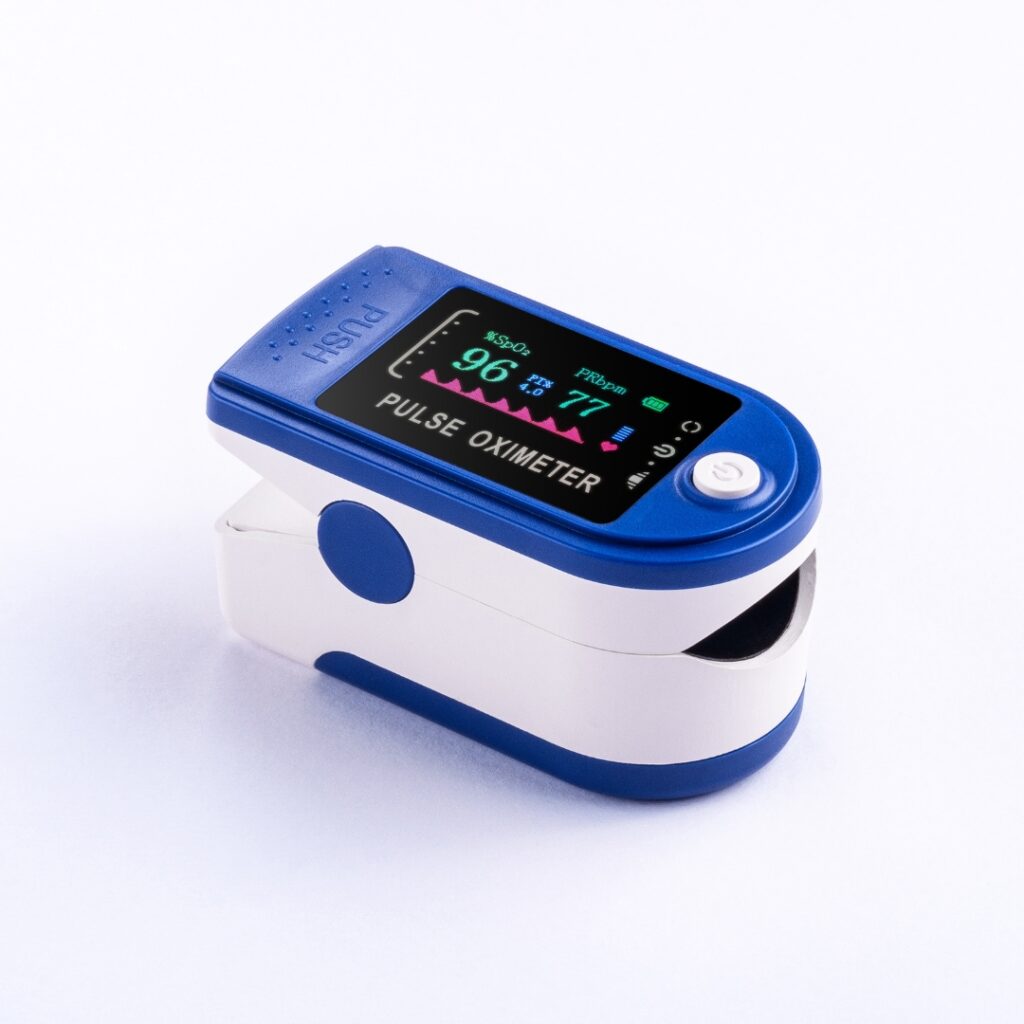
In a rapidly evolving healthcare landscape, the identification and tracking of medical devices are critical for patient safety, regulatory compliance, and effective post-market surveillance. Recognizing the limitations of the existing system, the U.S. Food and Drug Administration (FDA) has taken a significant step forward by creating a new code-based system for identifying medical devices. This transformative change not only enhances traceability and accountability but also has substantial implications for manufacturers, healthcare providers, and legal entities, such as Daniel’s Law Firm.
The Need for Change
The FDA’s decision to overhaul the identification system for medical devices stems from a growing awareness of the limitations of the current framework. The previous system primarily relied on the Unique Device Identifier (UDI), which provided basic information about a device’s manufacturing history and intended use. While the UDI was a step forward in improving device tracking, it had its shortcomings:
- Lack of granularity: The UDI system had limited data capacity, which meant it could not accommodate the growing complexity of medical devices. Many devices share the same identifier, making it difficult to distinguish between them accurately.
- Difficulty in tracking modifications: The UDI system struggled to capture changes and modifications made to devices post-approval. This was particularly concerning for patient safety, as alterations could impact a device’s performance or safety profile.
- Inadequate recall management: The existing system made it challenging for the FDA to efficiently manage and execute recalls. Without precise identification, it was often challenging to locate affected devices quickly.
- Global harmonization issues: The lack of a standardized global identification system posed challenges for manufacturers operating in international markets. Multiple identification systems led to confusion and inefficiencies.
The New Code-Based System
To address these concerns and modernize the identification process, the FDA introduced a comprehensive code-based system. This new system, known as the “DI, PI, and DQI system,” comprises three distinct components:
- Device Identifier (DI): The DI serves as the core identifier for each medical device. It contains specific information about the device’s manufacturer, model, and version. This level of granularity enables accurate tracking and differentiation between similar devices.
- Production Identifier (PI): The PI provides details about the device’s production history, including batch or lot information, manufacturing date, and serial number. This information aids in tracking changes and modifications to the device over time.
- Device Qualification Identifier (DQI): The DQI is an optional component that can be added to the DI to convey additional information, such as sterilization information or other device-specific details. This optional feature allows for customization based on the device’s characteristics.
Implications for Stakeholders
The introduction of the new code-based system has far-reaching implications for various stakeholders in the healthcare ecosystem.
- Manufacturers: Medical device manufacturers must adapt to the new identification system. They need to reevaluate their labeling and tracking processes to ensure compliance with the FDA’s requirements. Failure to do so can result in regulatory challenges and potential legal consequences.
- Healthcare Providers: Hospitals and healthcare facilities will benefit from the enhanced traceability of medical devices. They can more accurately track and manage devices, reducing the risk of using outdated or recalled equipment, ultimately improving patient safety.
- Legal Entities: Law firms specializing in healthcare law, such as Daniel’s Law Firm, will play a crucial role in assisting manufacturers and healthcare providers in navigating the regulatory changes. They will provide guidance on compliance, intellectual property issues, and potential litigation.
- Regulatory Authorities: The FDA will have improved oversight and monitoring capabilities with the new system. It can identify and respond to safety concerns more efficiently, enhancing its ability to protect public health.
- Patients: Ultimately, the greatest beneficiaries of this new system are patients. Improved device tracking and safety measures ensure that patients receive the best possible care and protection against defective or recalled medical devices.
Compliance Challenges and Legal Considerations
As medical device manufacturers and healthcare providers adapt to the new code-based system, several compliance challenges and legal considerations come into play:
- Implementation Timeline: Manufacturers face a tight timeline for updating their labeling and tracking systems to comply with the new system. Failure to meet these deadlines can result in regulatory penalties.
- Data Security: The increased granularity of device identification raises concerns about data security and patient privacy. Manufacturers and healthcare providers must implement robust data protection measures.
- Intellectual Property: Manufacturers may need to reevaluate their intellectual property strategies, as the new system may affect how they protect their product designs and innovations.
- Recall Management: The FDA’s improved recall management capabilities may lead to more frequent and efficient recalls. Manufacturers must be prepared to respond promptly and manage potential liabilities.
- Product Liability: In the event of device failures or adverse events, manufacturers may face product liability claims. Legal entities like Daniel’s Law Firm will play a critical role in defending or pursuing such claims.
Conclusion
The FDA’s creation of a new code-based system for identifying medical devices represents a significant step forward in improving patient safety and regulatory oversight. While this change poses challenges for manufacturers and healthcare providers, it also presents opportunities to enhance device traceability and accountability.
Legal entities specializing in healthcare law, like Daniel’s Law Firm, will play a pivotal role in guiding stakeholders through the transition and ensuring compliance with the new system. As the healthcare industry continues to evolve, the ability to adapt to regulatory changes becomes a key factor in providing safe and effective medical care.

